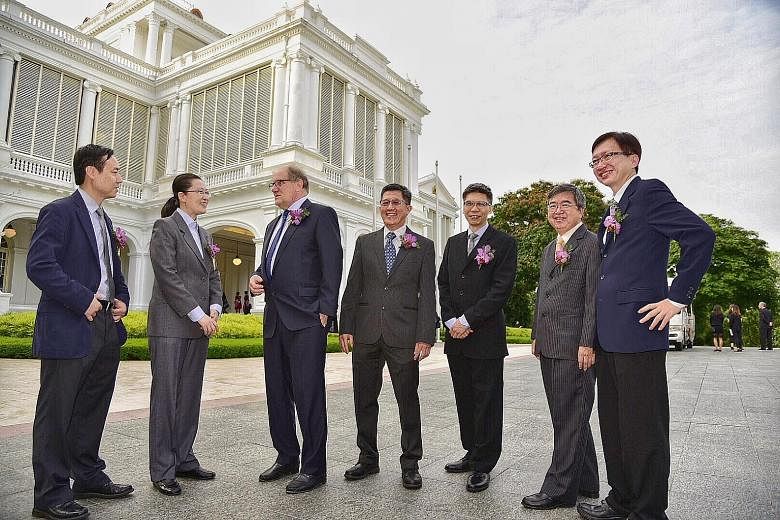The creators were happy to hear signs of life from their 400kg "baby", about two hours after it took off from Satish Dhawan Space Centre in India in December last year.
But it was not time to pop the champagne yet, as many things could still go wrong. For instance, the sun sensor on the satellite that turns the satellite's camera away from the Sun was too sensitive and reacted to the Moon as well. "If the Moon position is such that it causes the camera to point towards deep space, the low temperature might damage it, so we had to be around to prevent such things from happening," said Mr Ong Kien Soo, vice-president and general manager of ST Electronics' Satellite Systems.
It took two weeks of intense work before the team could declare that the TeLEOS-1, the biggest Singapore-made satellite, had been successfully launched. Also Singapore's first commercial satellite, it can be used for maritime and border security surveillance, with a camera that can take pictures at ground resolution of up to a metre.
Last night, the people behind it - represented by Mr Ong, Dr Desmond Lim of DSO National Laboratories, Mr Kwoh Leong Keong of the National University of Singapore (NUS) and Mr Lim Wee Seng of Nanyang Technological University (NTU) - were presented with the President's Technology Award by President Tony Tan Keng Yam at the Istana.They were recognised for their contributions to the advancement of Singapore's satellite engineering and systems capabilities.
The President's Science and Technology Medal went to NTU president Bertil Andersson for his role in helping Singapore establish itself as a global research and development hub.
Associate Professor Liu Xiaogang from NUS was given the President's Science Award for his research into luminescent nanomaterials that can track cancer cells and be used for other bio-imaging applications.
The President's Technology Award also went to NUS' Professor Liu Bin, who invented organic nanoparticles that can track biological processes and monitor drug delivery.
Minister for Trade and Industry (Industry) S. Iswaran gave out the Young Scientist Awards to three researchers under 35: Agency for Science, Technology and Research scientists Lim Xinhong, Guo Huili and Benjamin Tee.

